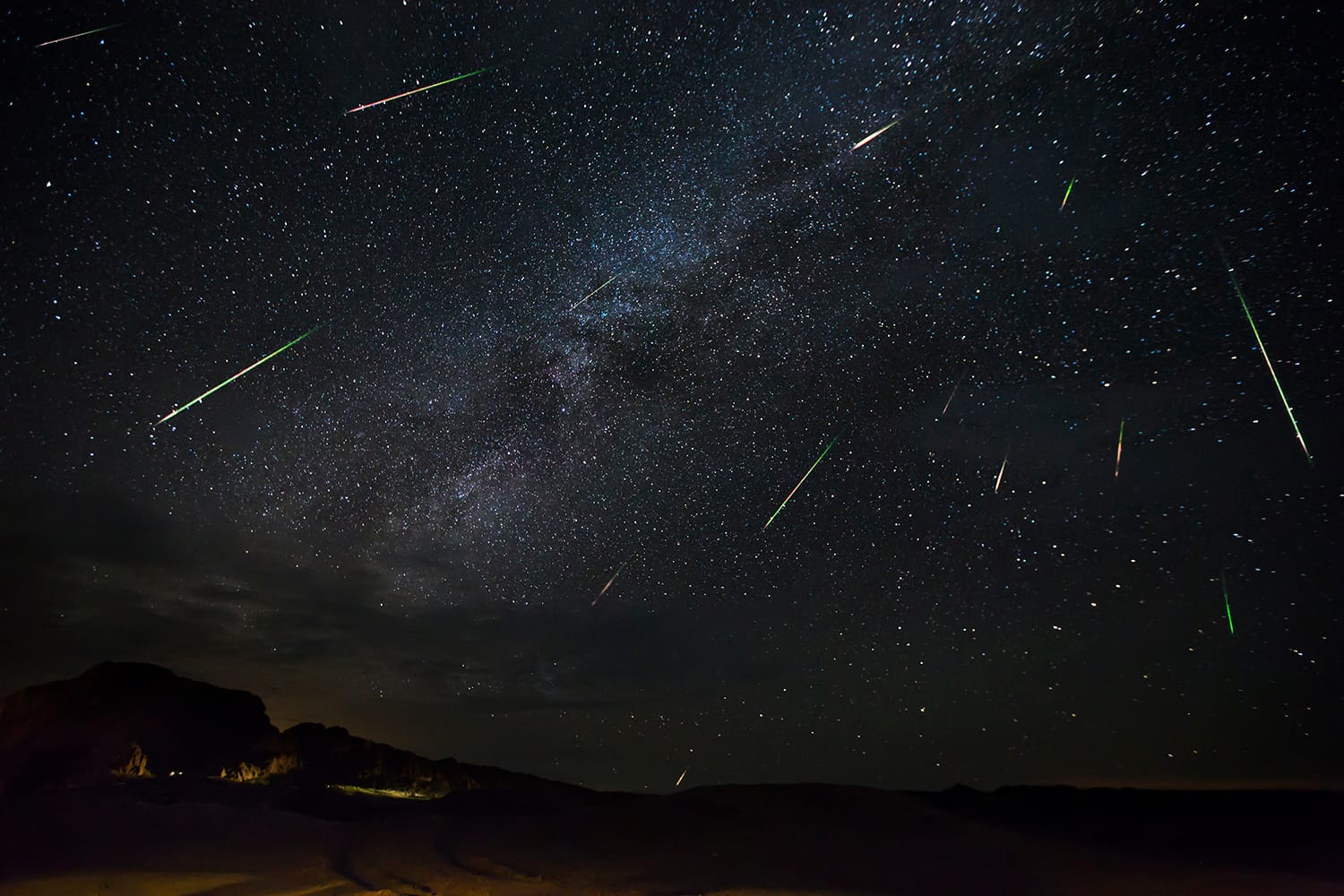In a revolutionary advancement in cosmology, an international team of astronomers recently announced the completion of the largest and most detailed map of the universe ever created. This extensive survey has unveiled an astonishing 800,000 galaxies, fundamentally reshaping our understanding of galaxy formation and distribution in the cosmos. The project, which utilized data collected from state-of-the-art telescopes, challenges some of the long-held theories about the early universe and how galaxies arranged themselves through time.
The map itself is the result of years of meticulous observation and analysis. By employing advanced imaging technologies, astronomers have been able to peer deeper into the universe than ever before. The unprecedented level of detail allows researchers to trace the development of galaxies back to their origins, providing a clearer picture of how these massive stellar systems evolved through the epochs. This endeavor not only sheds light on the galaxies’ present configurations but also highlights their histories and the dynamic processes that have sculpted their current forms.
One of the core surprises revealed by the map is the sheer number and distribution of galaxies. Historically, cosmological models suggested a more sparse arrangement in the early universe, with galaxies forming in a more isolated manner. However, this new data indicates a markedly denser environment, implying that galaxies may have formed in clusters more rapidly than previously believed. This densification raises important questions about the environmental factors that could have influenced early galaxy formation, including the potential role of dark matter and dark energy.
The implications of this mapping exercise extend beyond merely counting galaxies. It has prompted scientists to reconsider existing models of how galaxies interact and merge over time. For instance, the findings suggest that gravitational interactions among nearby galaxies may have played a significant role in their evolution, leading to the emergence of complex structures rather than the simple, isolated formations previously envisaged.
This extensive mapping also provides vital data that astronomers can use to test different cosmological models. As researchers compare their theoretical predictions with this new observational data, they can determine which theoretical frameworks hold up against the realities of the observed universe. This iterative process between observation and theory is a hallmark of scientific inquiry and is fundamental to advancing our understanding of the cosmos.
In addition to challenging existing theories, the map serves as a vital benchmark for future observations. With the advent of new telescopes and observation technologies, astronomers can build upon this baseline and conduct even deeper surveys of the universe. Each of these subsequent studies holds the potential for new discoveries, allowing scientists to continually refine their understanding of the cosmos and its evolution.
The announcement has generated significant excitement in the scientific community, with many researchers eager to explore the data in greater detail. Collaborative research initiatives are already being proposed, with teams working on various aspects of galaxy formation, distribution, and interaction to further dissect the implications of this new mapping.
Furthermore, the map’s unveiling comes at a time when interest in cosmology and astrophysics is at an all-time high. The public’s fascination with the universe has been fueled by advancements in space exploration, including missions to Mars and the study of exoplanets. As images from telescopes like the Hubble and the recently launched James Webb Telescope capture stunning views of galaxies far beyond our own, the new map provides a context within which to understand these distant wonders.
The findings also resonate with the broader philosophical questions regarding the universe and our place in it. As the science of cosmology advances, it prompts discussions not just among scientists, but within the public discourse regarding the fundamental nature of existence and the structure of reality. Each new discovery feeds a collective curiosity about what lies beyond our immediate experience, emphasizing the interconnectedness of all celestial phenomena.
In summary, the creation of the largest map of the universe, revealing 800,000 galaxies, represents a significant milestone in astronomical research. This vast database compels a reevaluation of prior theories concerning the formation and arrangement of galaxies, catalyzing a wave of new inquiries into the nature of the cosmos. As astronomers continue to analyze the data, the potential for groundbreaking discoveries remains immense. The excitement surrounding this project underscores the ever-evolving landscape of astrophysics and our relentless pursuit of knowledge about the universe that envelops us.


